Yates Account
Join now
Create a Yates account today!
Sign up to join the Yates Garden Club for monthly e-mails packed with seasonal inspiration, tips for success & exclusive promotions.
Plus if you’re a Garden Club member you can take part in the Yates Growing Community - a blog to share successes, get advice & win prizes in fun challenges along the way!

Forgot password
Enter the email address associated with your account, and we'll email you a new password.
March, April and May – when it’s not too hot and not too cold – are great months for transplanting evergreen shrubs and small trees from one spot in your garden to another. The chances of success depend very much on the size of the plant. Generally, the smaller the plant, the easier it will be to move with minimal root disturbance.

When it comes to larger trees and shrubs, you’ll be limited by the weight you can lift. A root ball 1 metre across can be surprisingly heavy and it may require at least four people to lift it. If the root ball is larger than you can physically handle, you’ll have to cut the roots back to a manageable size, which could cause irreparable damage. In this case, it may be better to consult an expert arborist for advice.
Despite these qualifications, there are many things you can do to improve your chances of success at transplanting time, including:
- Prepare the new position well beforehand. Preparing the soil beforehand will help new plants establish. Mix some Yates Dynamic Lifter Organic Plant Food into the bottom of the planting hole, which both improves the soil and provides plants with gentle slow-release nutrients.
- If the plant has a large root system and you can wait a couple of months before moving the plant, start by assessing the diameter of root ball you can handle. Then use a sharp spade to cut vertically down into the soil around this circle. Push the spade in as deeply as possible. This will encourage new roots to grow inside this area during the coming weeks.
- Choose a cool day to move the plant. Water the root ball and the new planting spot and allow both to drain.
- Move with care, digging to extract the root ball with minimal disturbance. Wrap with plastic sheet or hessian to hold the root ball together.
- Position plant in its new spot so it has the same aspect as before. Do not plant more deeply.
- Backfill, gently compact and water in with diluted Yates Thrive Natural Seaweed Tonic to help reduce transplant shock.
- Trim any damaged shoots. Apart from this, these days most experts suggest it’s best not to cut back the foliage.
- Make sure the root ball stays moist, especially in the first couple of weeks.
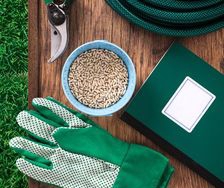
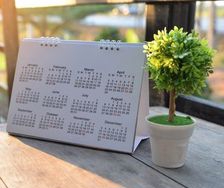
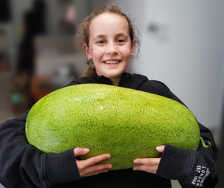
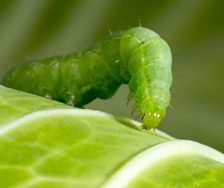
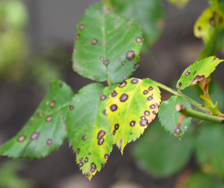
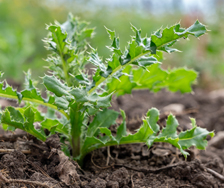
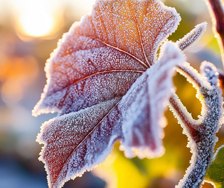








Share
Share this article on social media